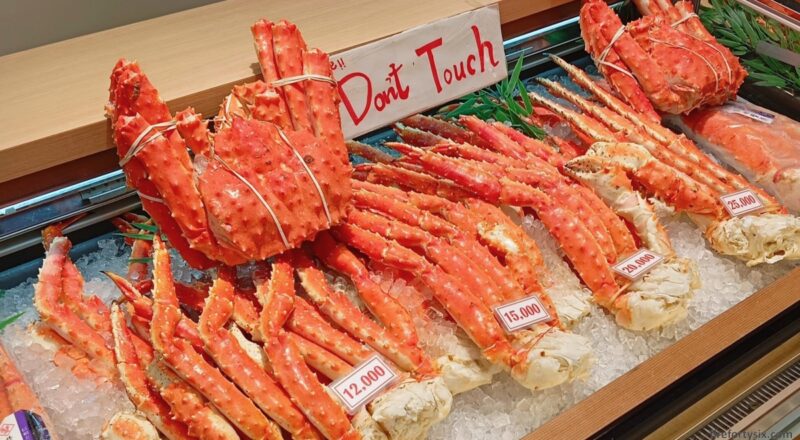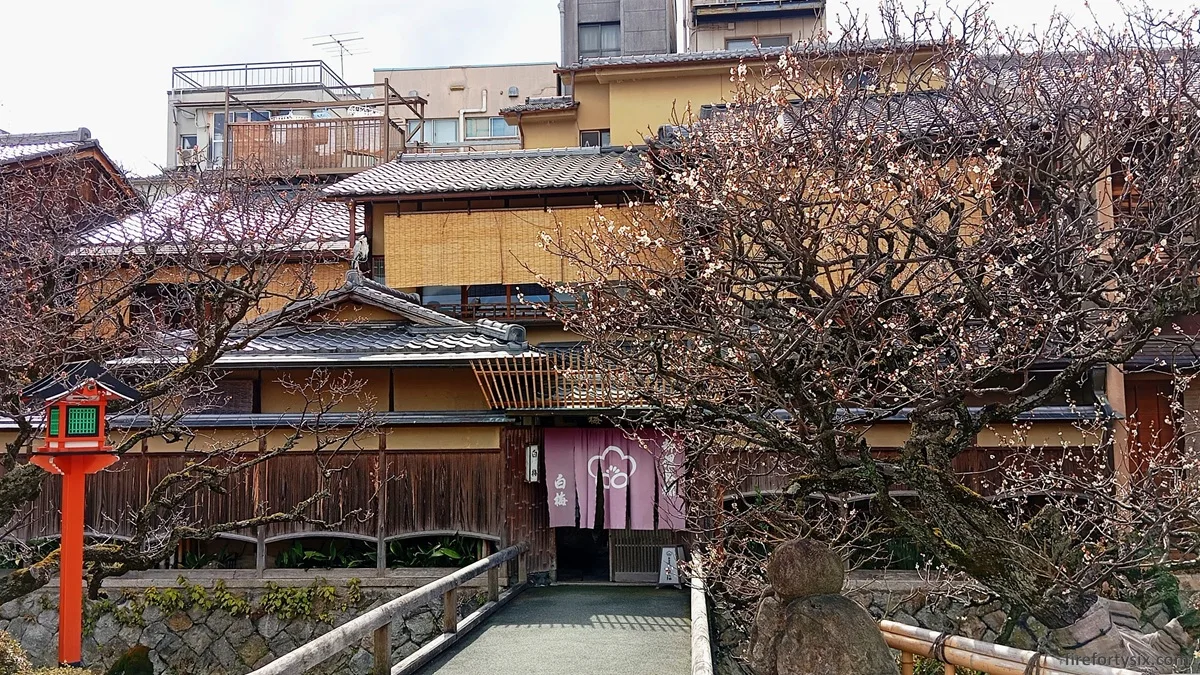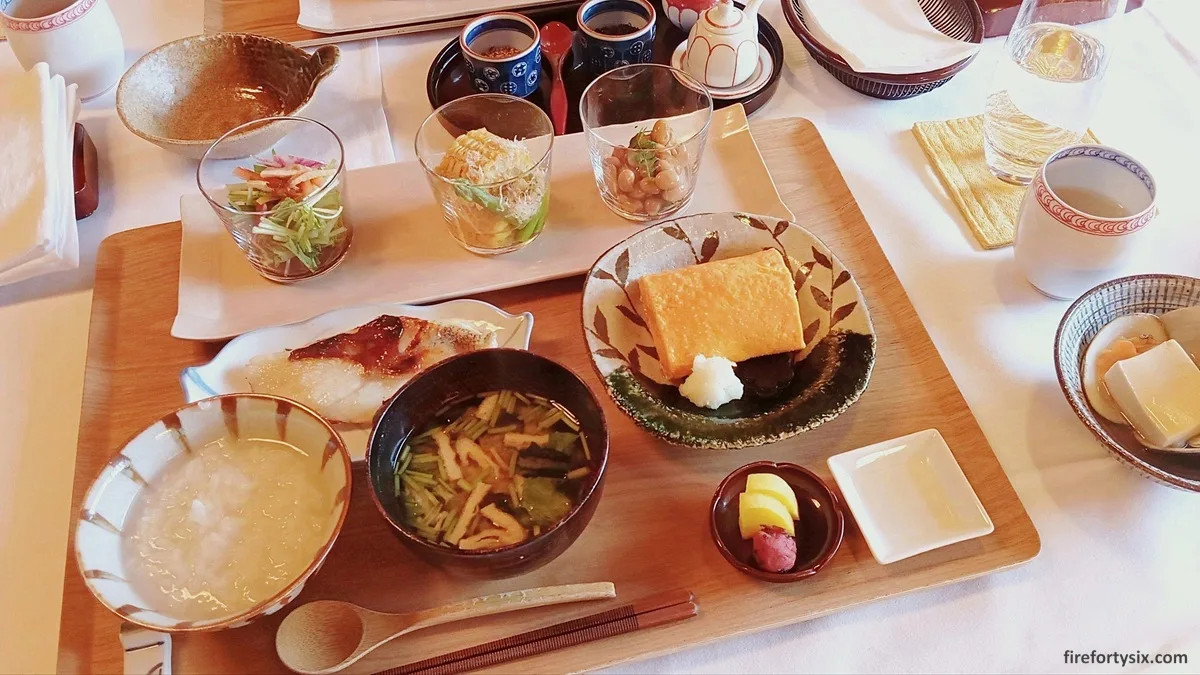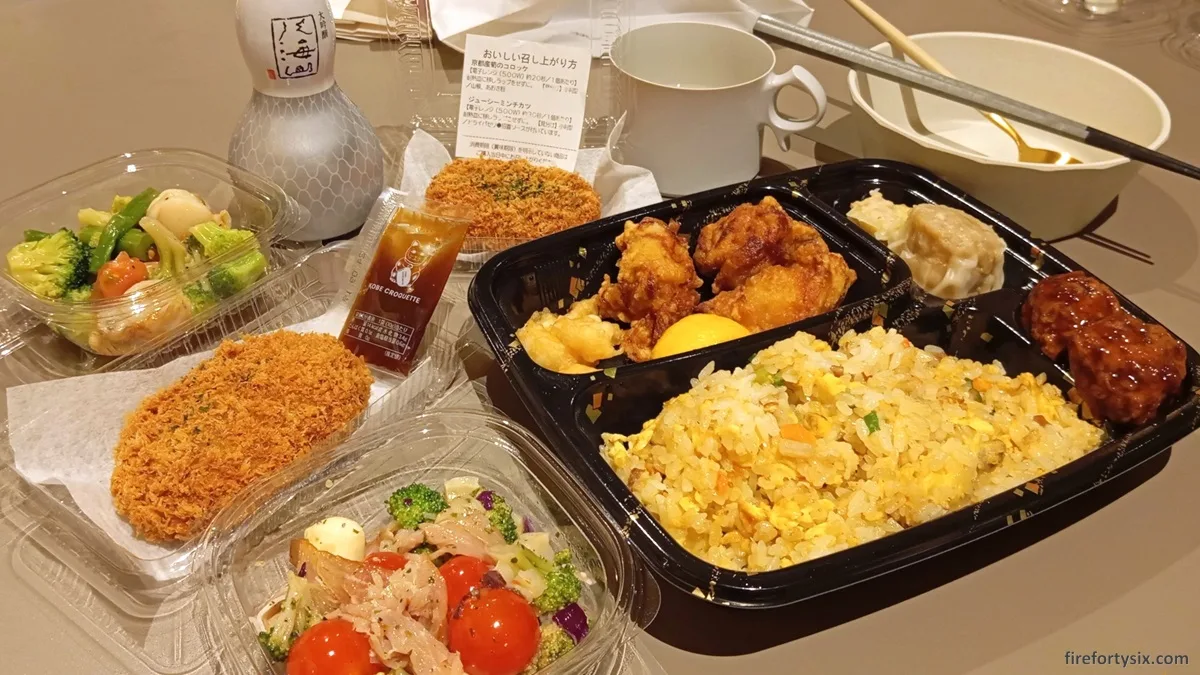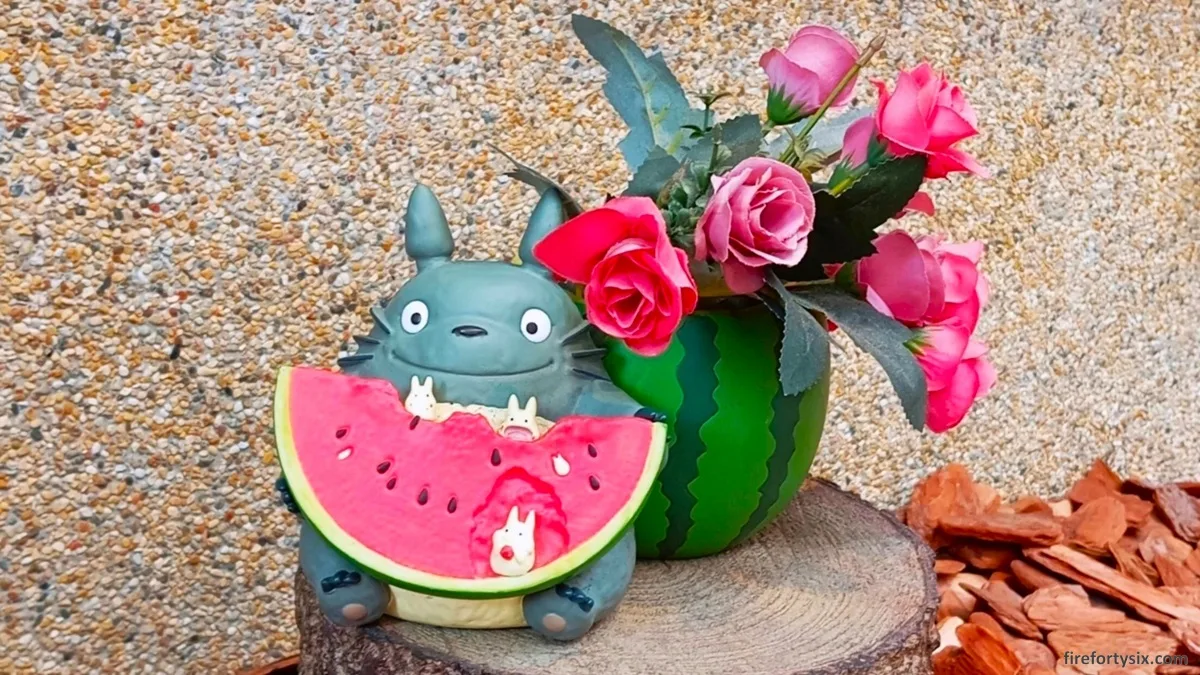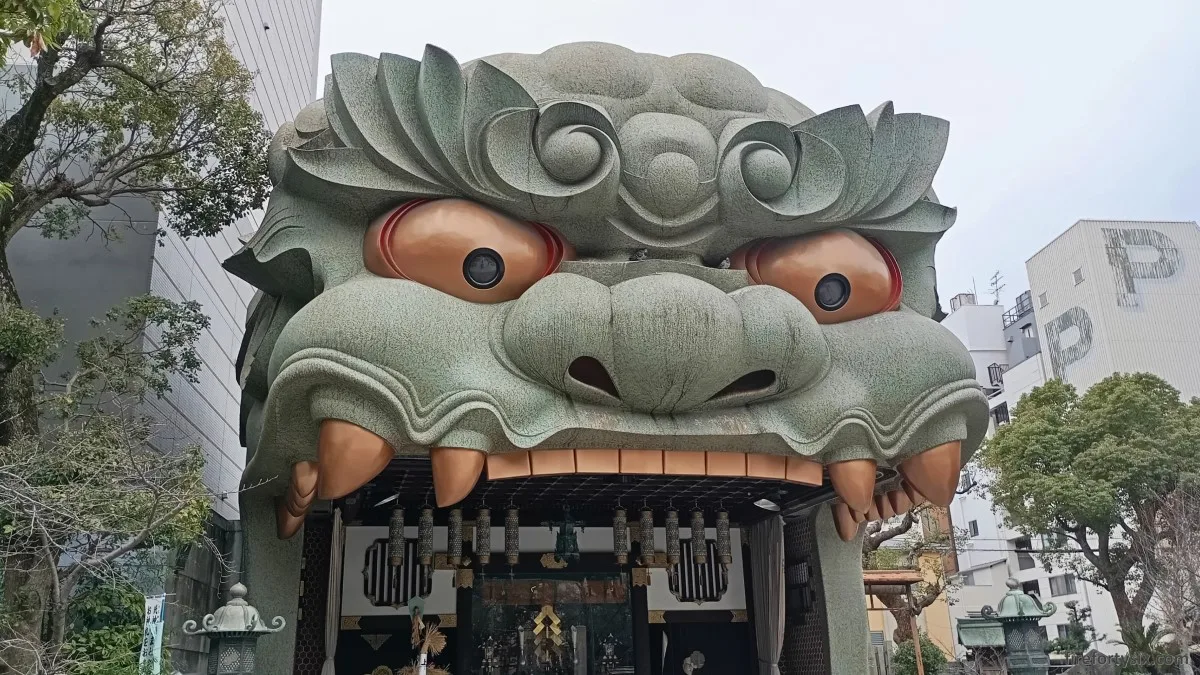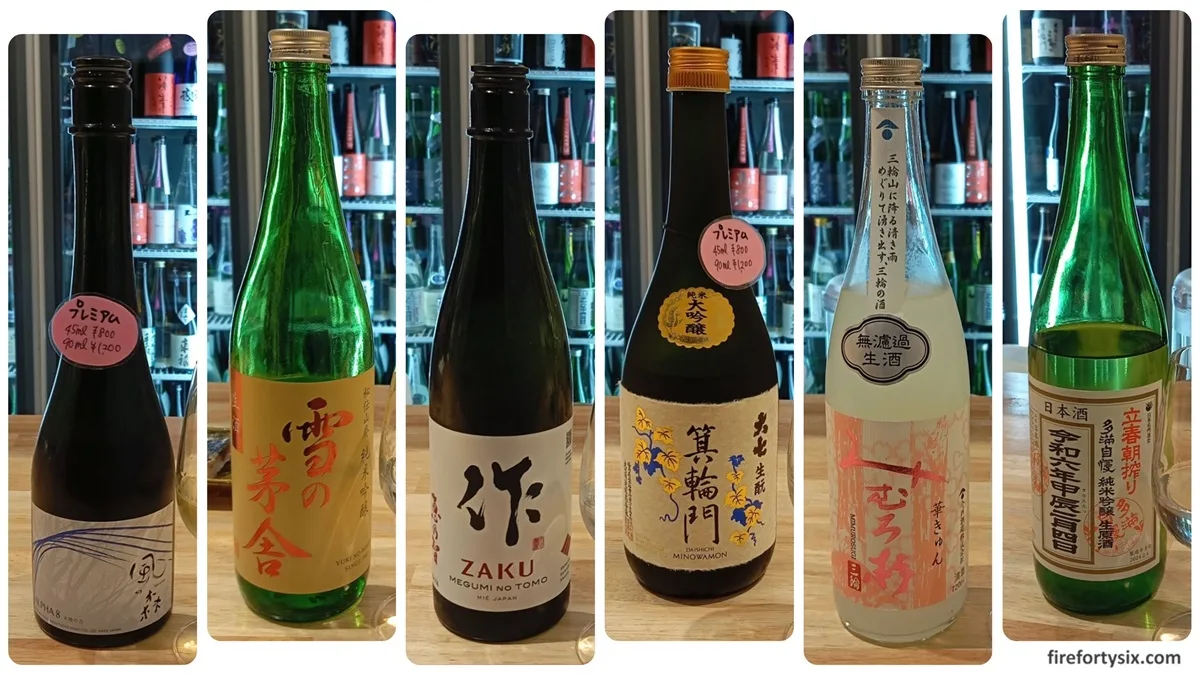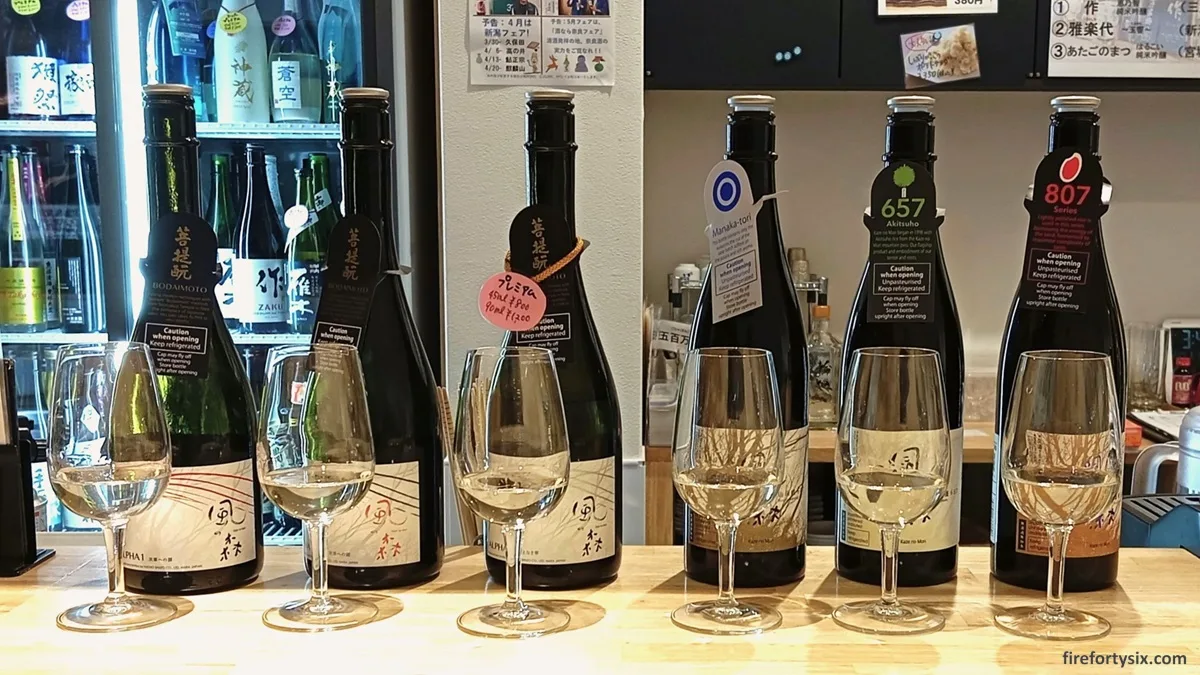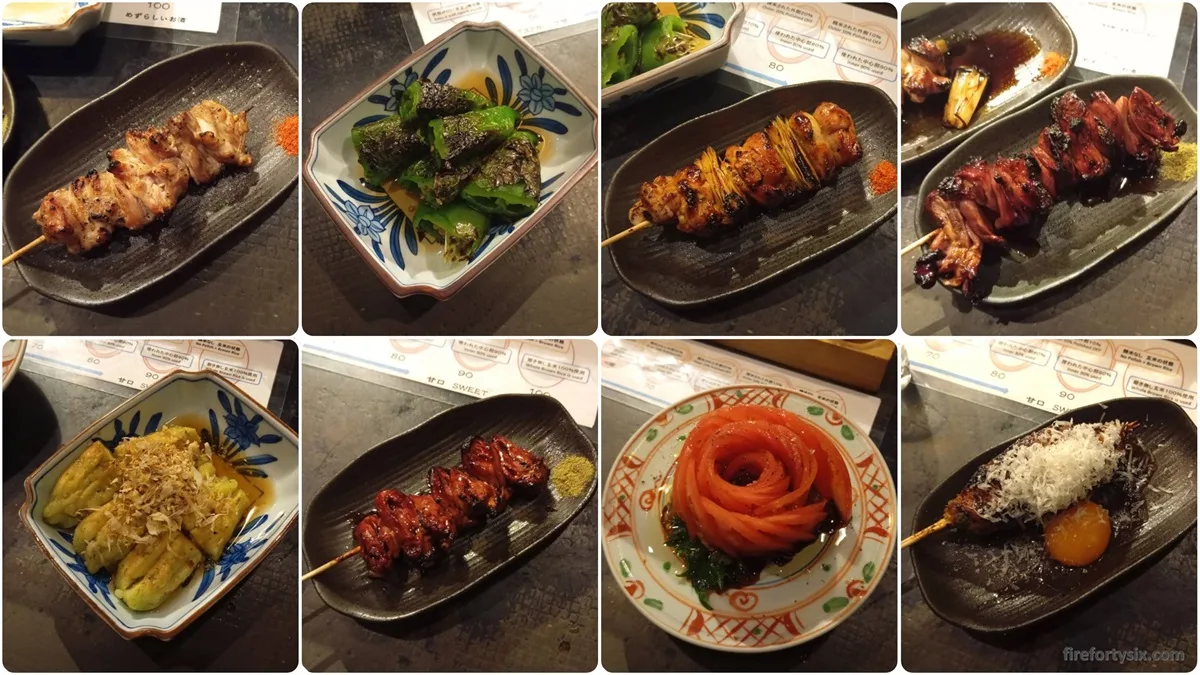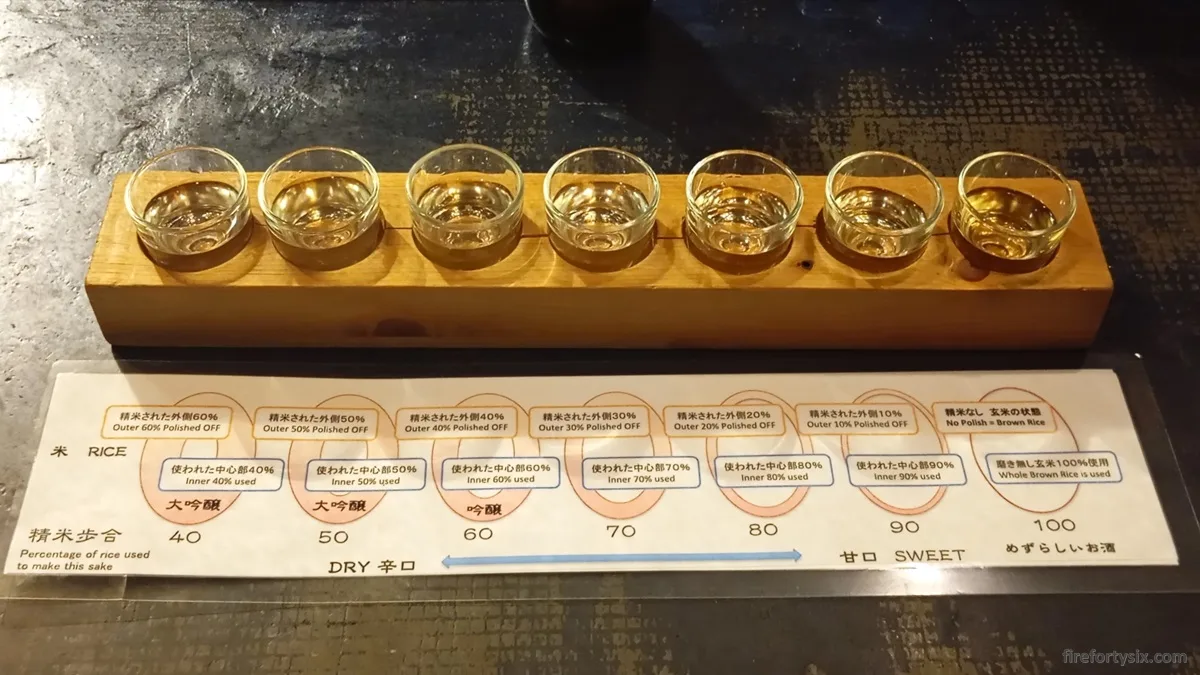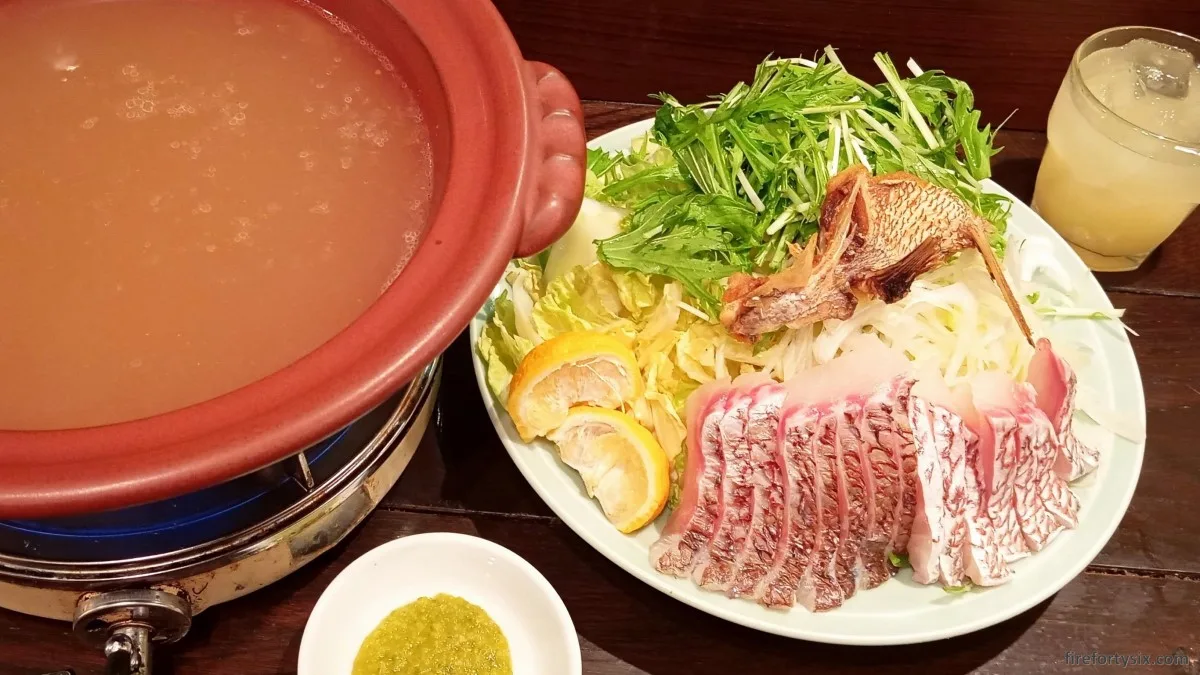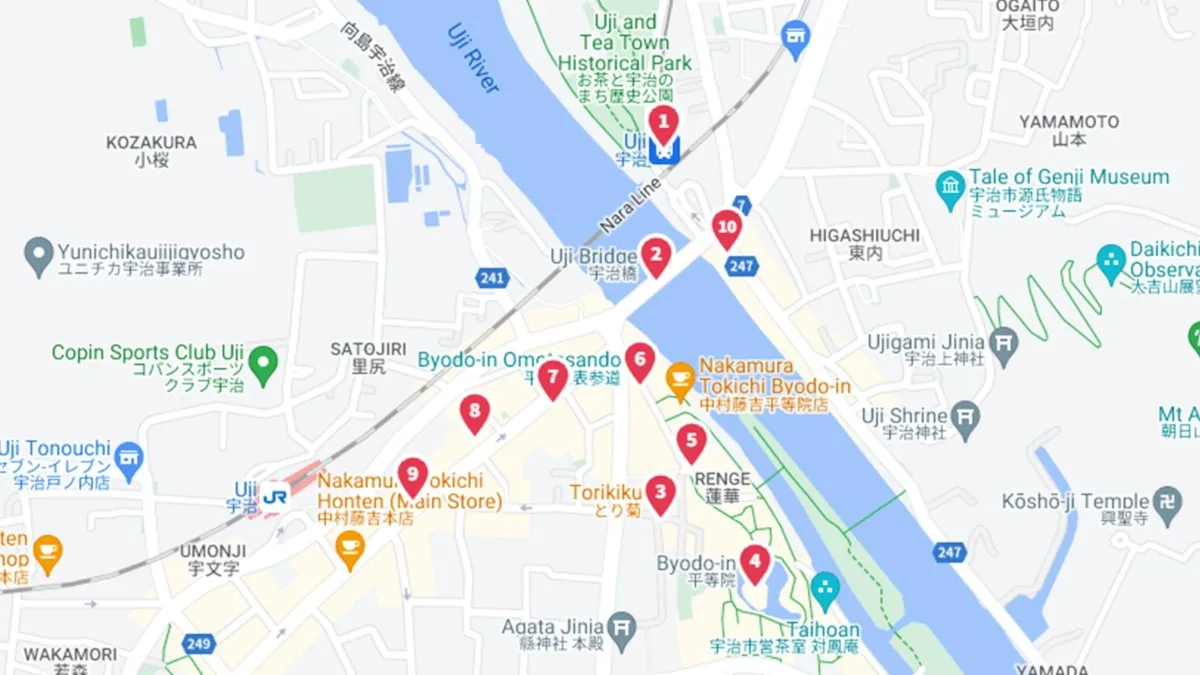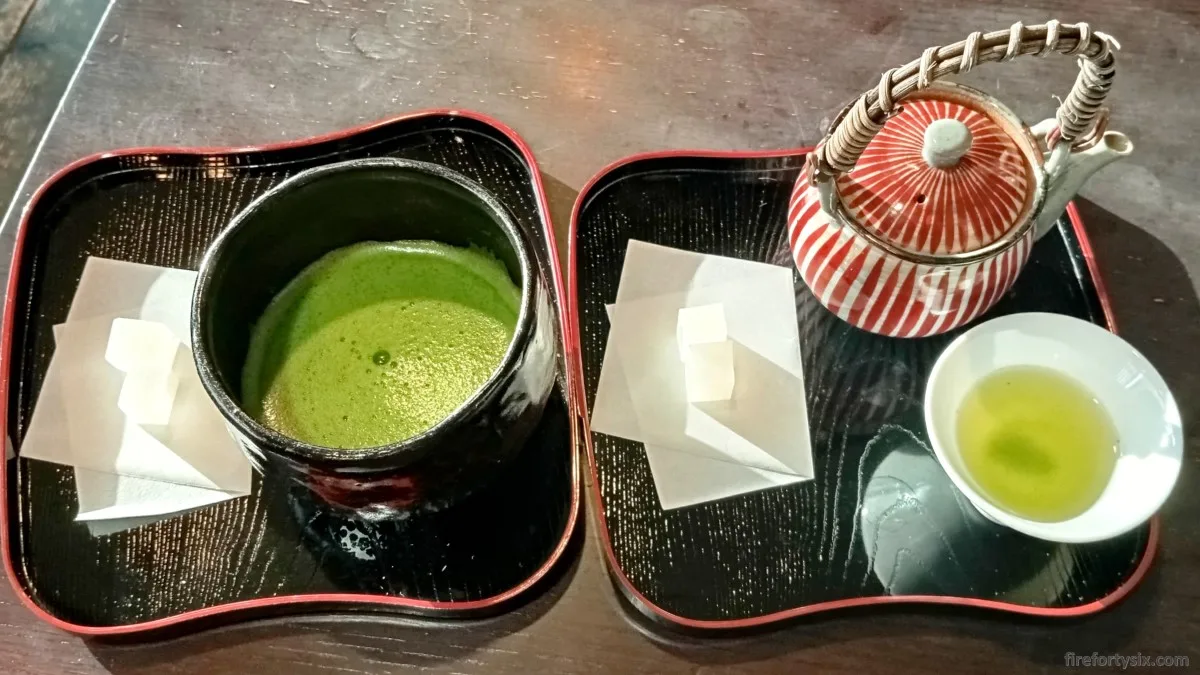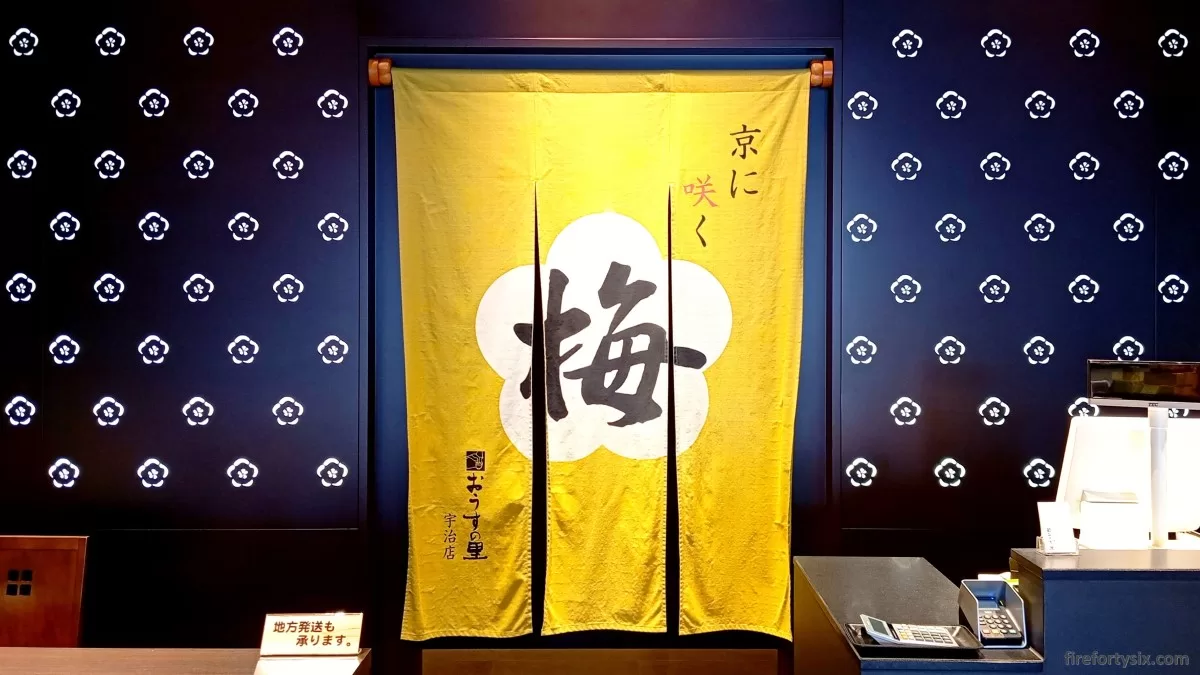Osaka is widely regarded as the kitchen of Japan, and Kuromon Market is commonly known as its kitchen.
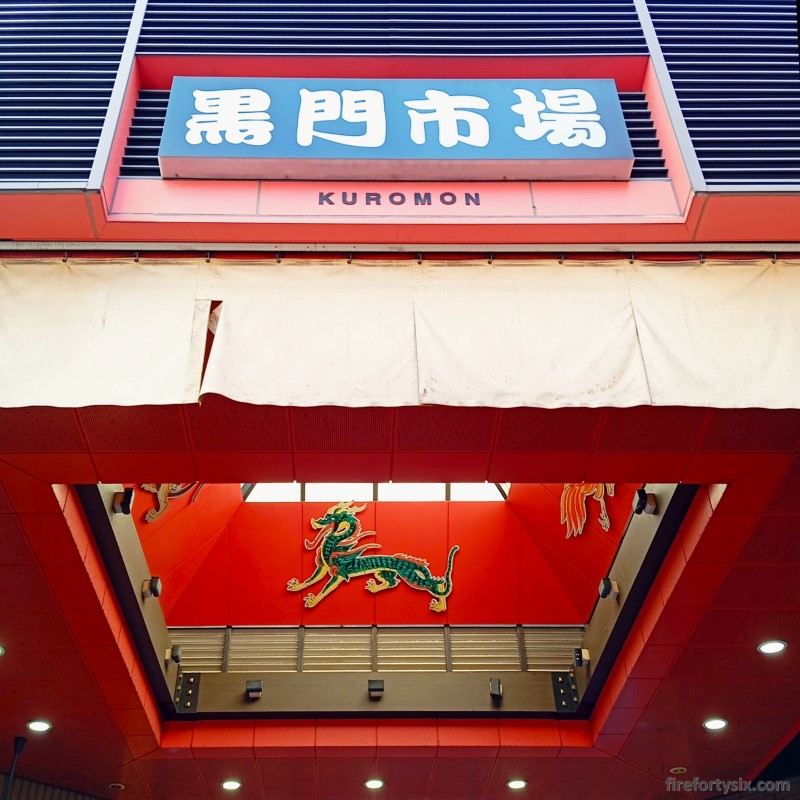
As a result, Kuromon Market has become a major tourist hotspot, with prices that have risen in tandem with its popularity.
Driven by overseas tourists and their bulging wallets stuffed with crisp ¥10,000 notes, fueled by the constantly depreciating Japanese yen.
You can go crazy and satisfy your king crab cravings there. Just be aware of how much you’ll have to pay for the pleasure of biting into the ruler of all crustaceans.
In case you’re wondering, no, there are no typos on the price tags. The number of zeros displayed on them is correct. Ouch!


But Kuromon Market is not just a place where people go to gawk at expensive seafood. There’s also plenty of street food to be found, all at affordable prices.
Like oden, the quintessential Japanese comfort food on a cold winter’s day.
Our daikon, tofu, chikuwa and tamago was fished out from a bubbling pot, and served to us in a plain styrofoam tray. It was simple, rustic and filling.
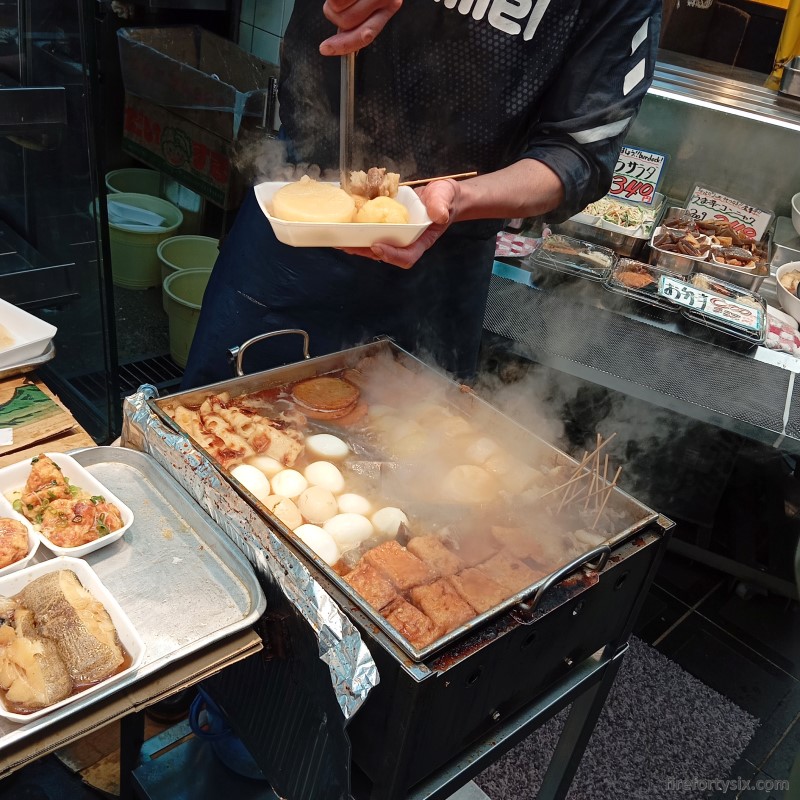
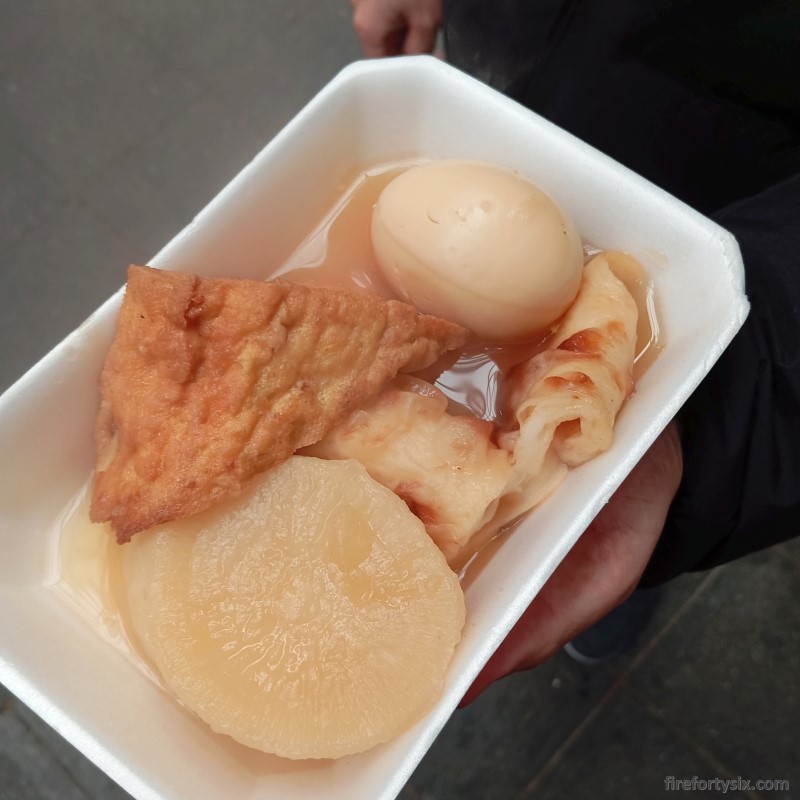
We found a quiet spot and finished our meal standing up.
Now that first breakfast was sorted, we continued foraging for second breakfast, elevenses and lunch.
The stalls displaying pre-made side dishes looked very enticing, and you could easily assemble a feast out of them.
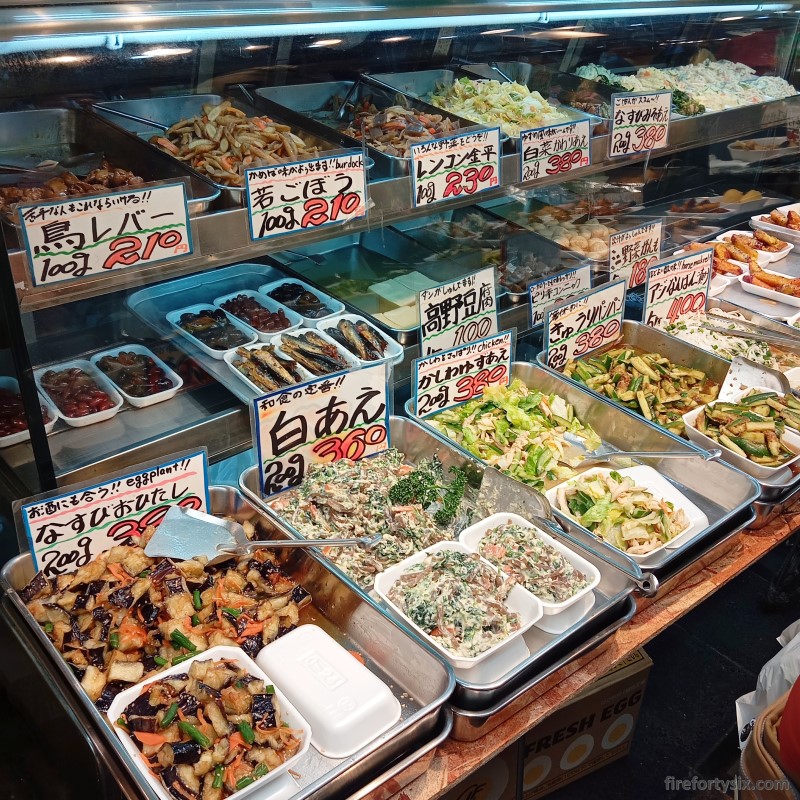

Similarly for the shops selling freshly-fried seafood tempura. Shrimp, scallops, lobster, squid, eel, crab and oysters. All encased in a beautiful golden brown and flakey shell.
The relatively high prices didn’t deter the long queue of people patiently waiting to be served.
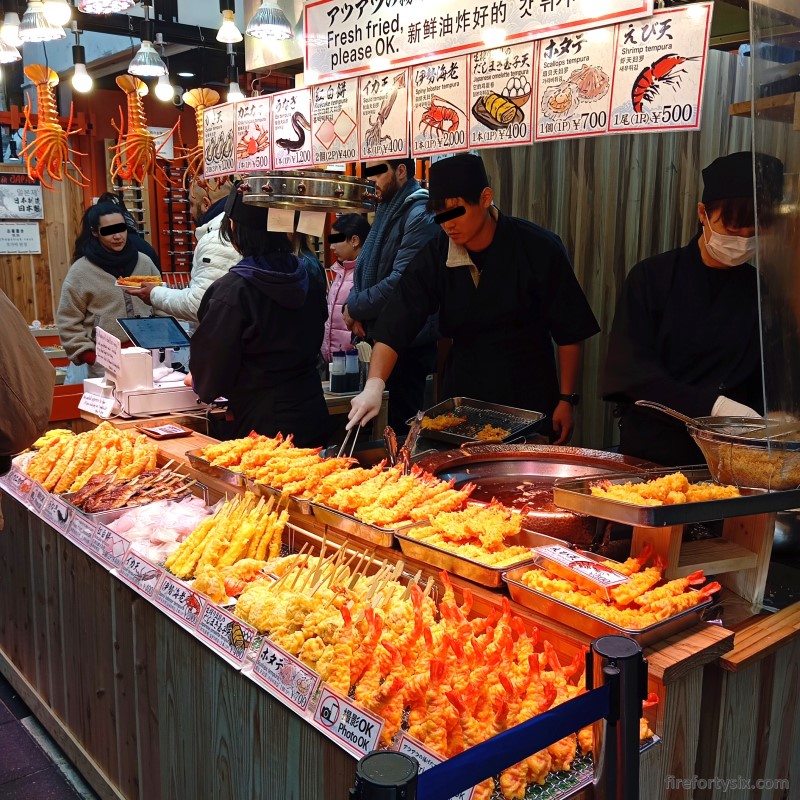
But we were searching for second breakfast, and they didn’t fit the bill.
Hot black bean tea and mochi were good candidates, but we were curious what else the market offered and kept moving. Though not before trying free samples of the tea, which tasted exactly like distilled essence of black bean.
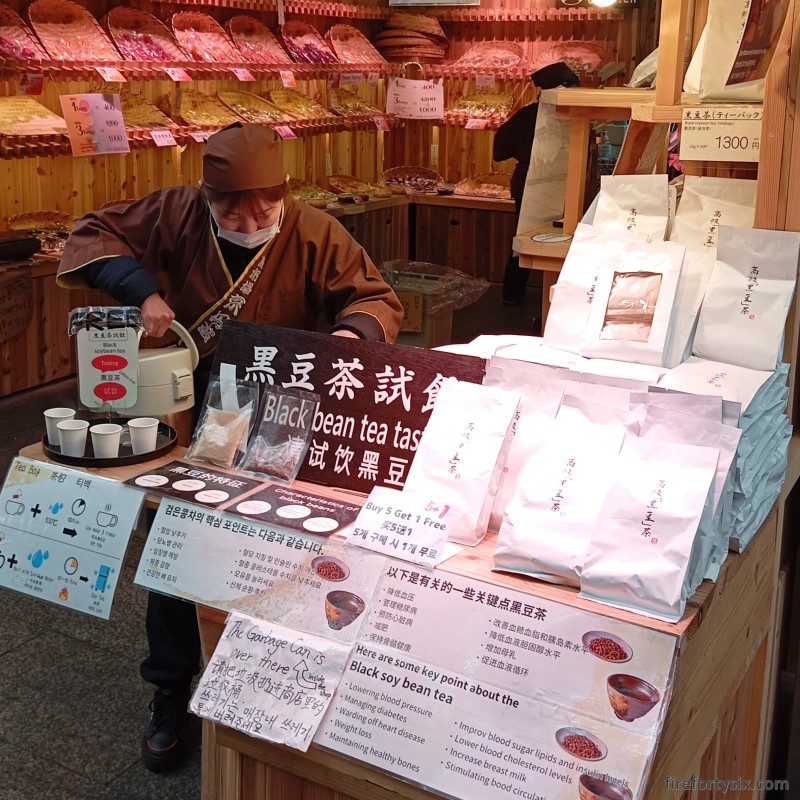

Further down was a brightly-lit store with pretty cups of sweet potato chips and trays of cute strawberry daifukus.
The staff were working in the compact space right behind the counter, assembling each piece slowly and carefully by hand.
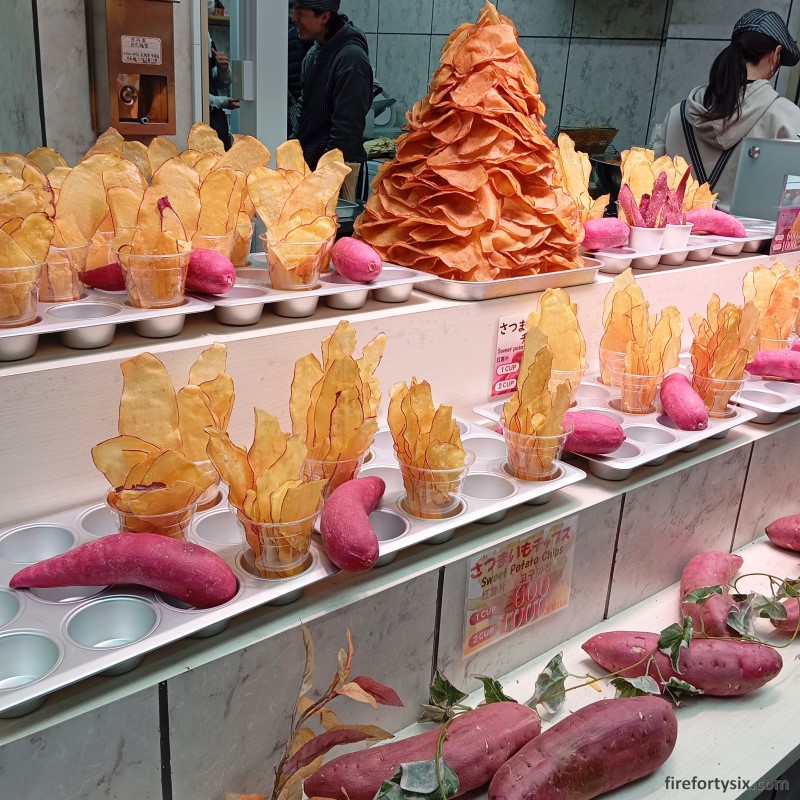
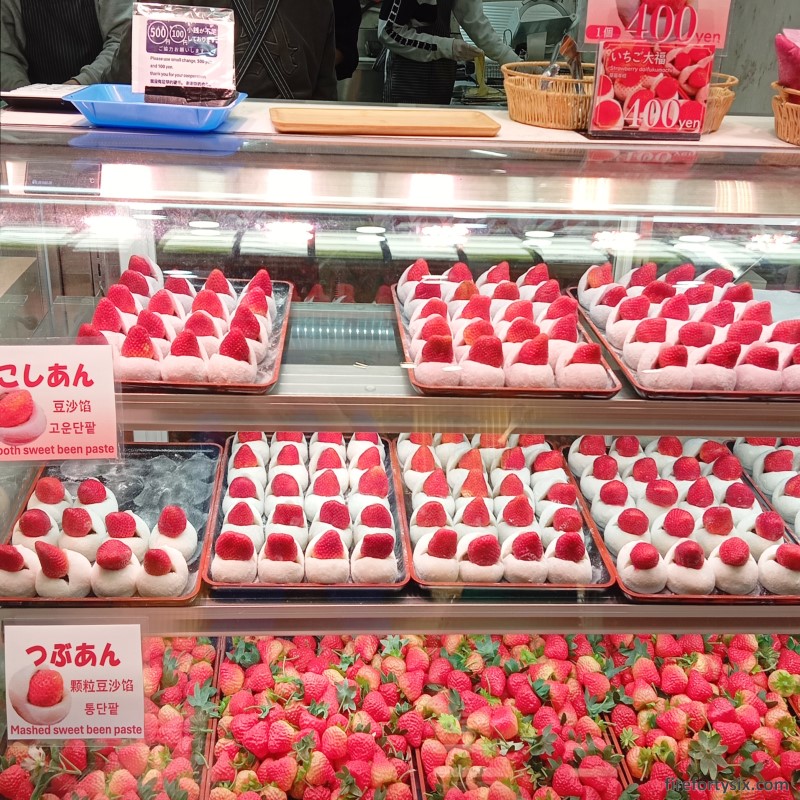
They were too kawaii to resist, and we ended up buying one. Unfortunately, it looked better than it tasted.
The strawberry wasn’t as sweet as expected, and the mochi wasn’t as soft as we thought. Still good, but I’ve definitely had better.
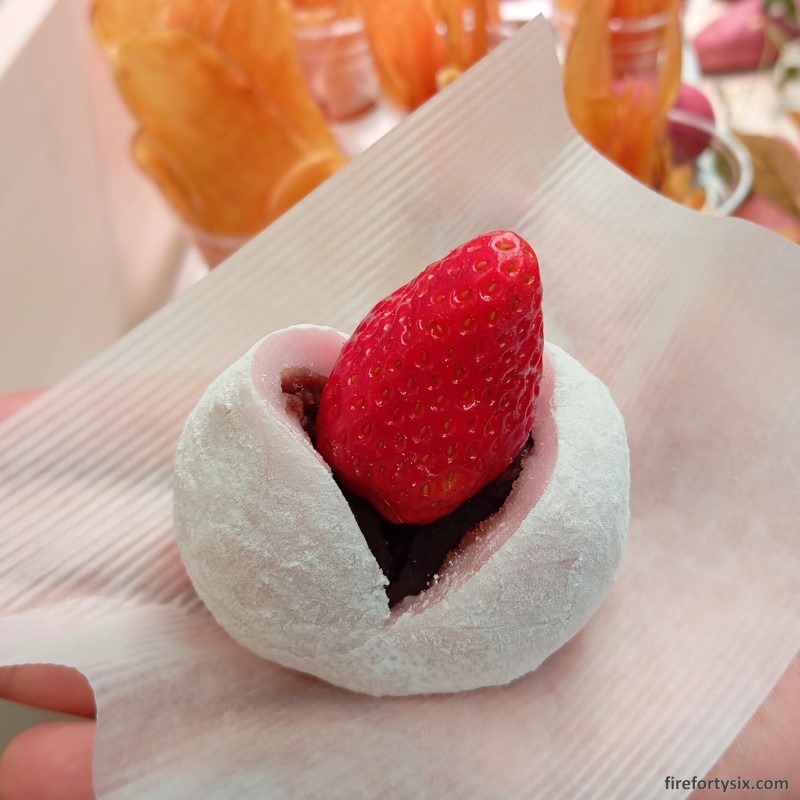
A large coffee shop stood at one of the busy junctions, proudly displaying large jute sacks of beans sourced from all over the world.
They were freshly-roasted on premise and sold in 300gm bags. I was intrigued and stepped in to survey their offerings.
Before pulling the trigger and buying a couple of bags home, I bought of cup of their batch brew to sample. The flavour profile didn’t match our preferences and I walked out empty handed.
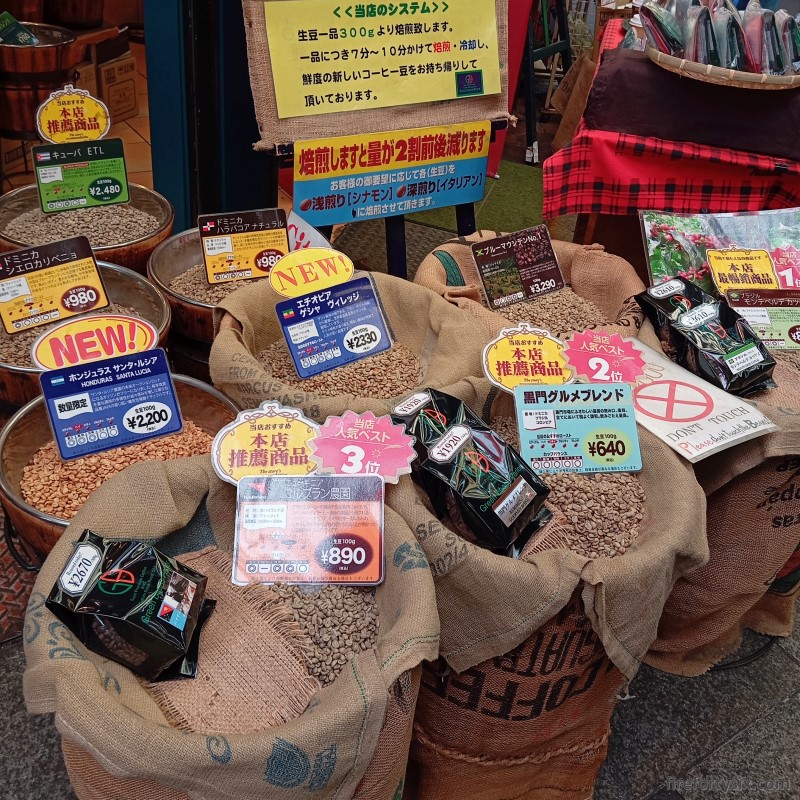
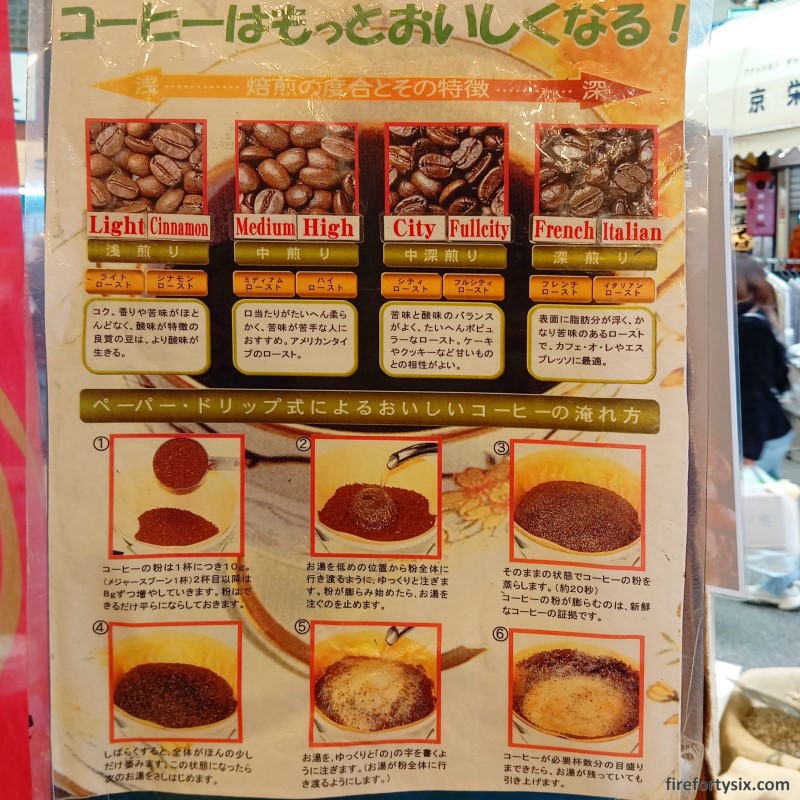
With our stomachs somewhat filled, it was time to do a proper walkthrough of the market.
Seafood was a focus in the market, made abundantly clear by the giant snapper hanging off the roof at one of the main corridors.
Food replicas are a big thing in Japan. They’re the best way to visually convey what’s on sale, and are used not just by restaurants to feature their specials.

When you see a fully-inflated fugu outside a fishmonger, flashing an alluring smile, you know exactly what you’re going to get.
I’ve had fugu several times before in Japan, once accidently and several more times deliberately. Including a fugu course meal in Asakusa that was particularly memorable.
Fugu was featured in every dish, from sashimi to karaage to shirako to nabe and zosui. It was even part of our sake, in the form of a grilled fin submerged in the cup.
The Wife wasn’t feeling adventurous that morning, so we passed on the plate of fugu sashimi.
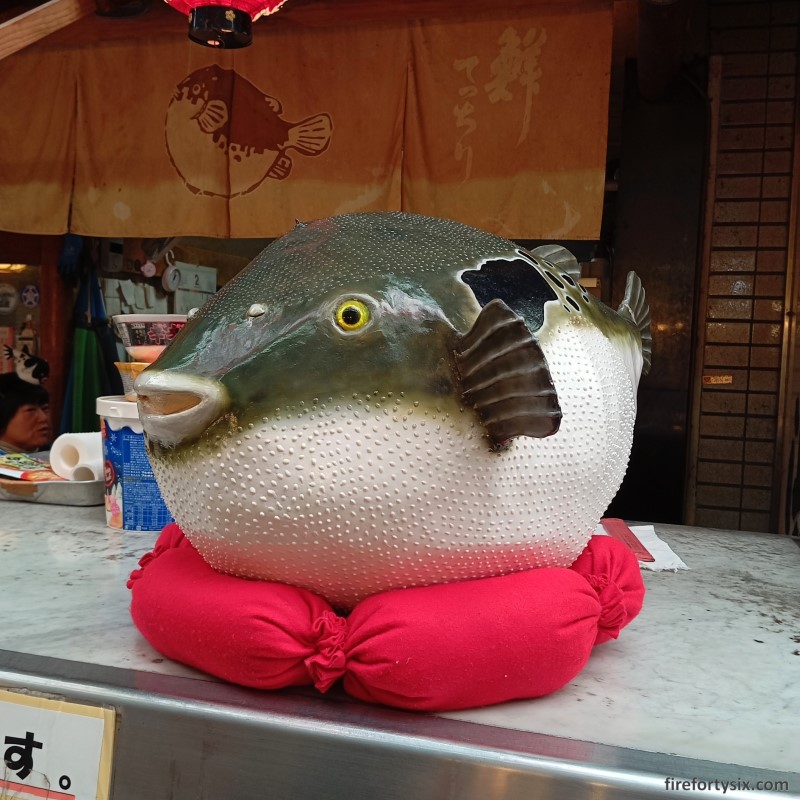
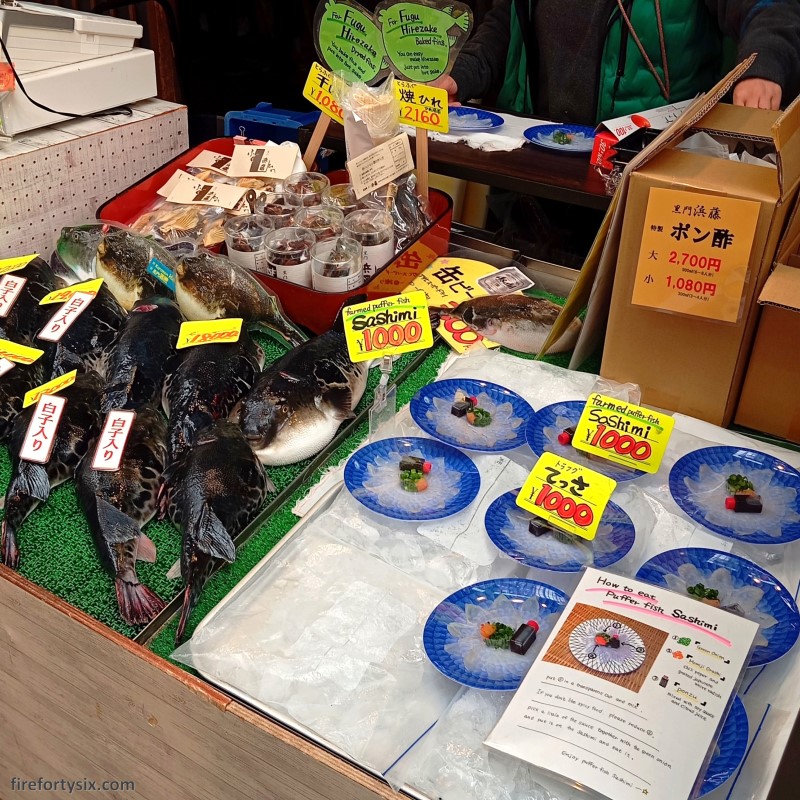
Some vendors chose to take the natural path, and opted to use the real thing instead.
Like this maguro specialty store, that decided to prop up the remnants of its tuna cutting ritual using a large styrofoam box. You can tell how fresh it was from the bright and clear eyes.
The rest of the fish was separated into large steaks with beautiful multi-coloured cross sections. Or sliced into ready-to-eat portions that were not too prohibitively expensive.
To help clueless gaijin (myself included) visualise where the different cuts were located, they even provided a helpful illustration.


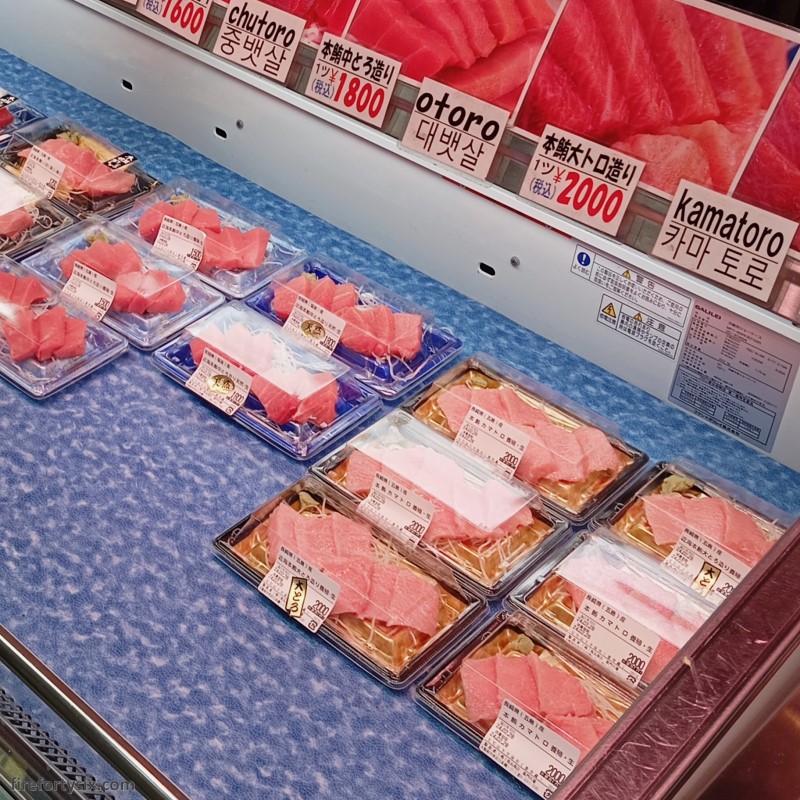
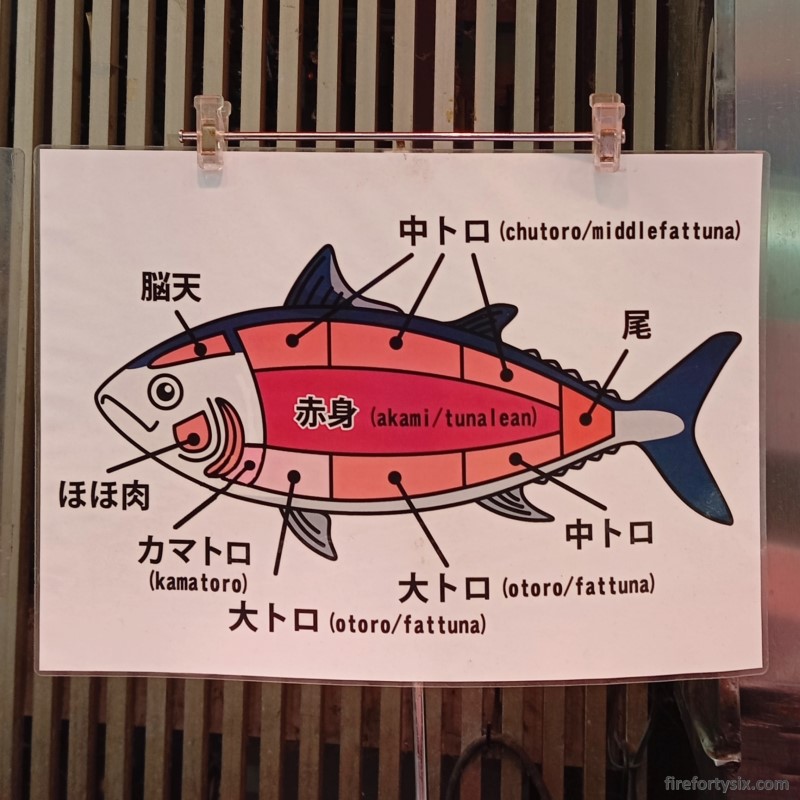
For some reason, the shop also sold wooden boxes of premium uni. They were the only non-tuna produce they stocked.
Prices were quite attractive, especially given the quality and quantity of all the boxes on display . If we were staying longer in Osaka, I would have been tempted to get one to slowly savour over a few days.
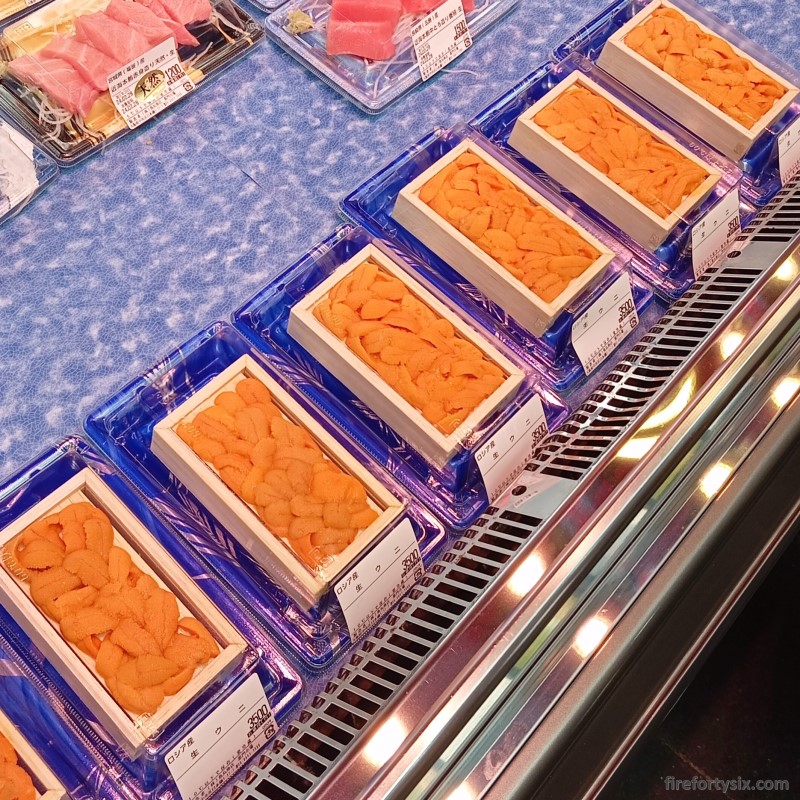
The more seafood we saw, the more tempted we were to buy some back to our hotel.
I mean, just look at the wonderful trays of sashimi, just begging to be unwrapped and consumed.
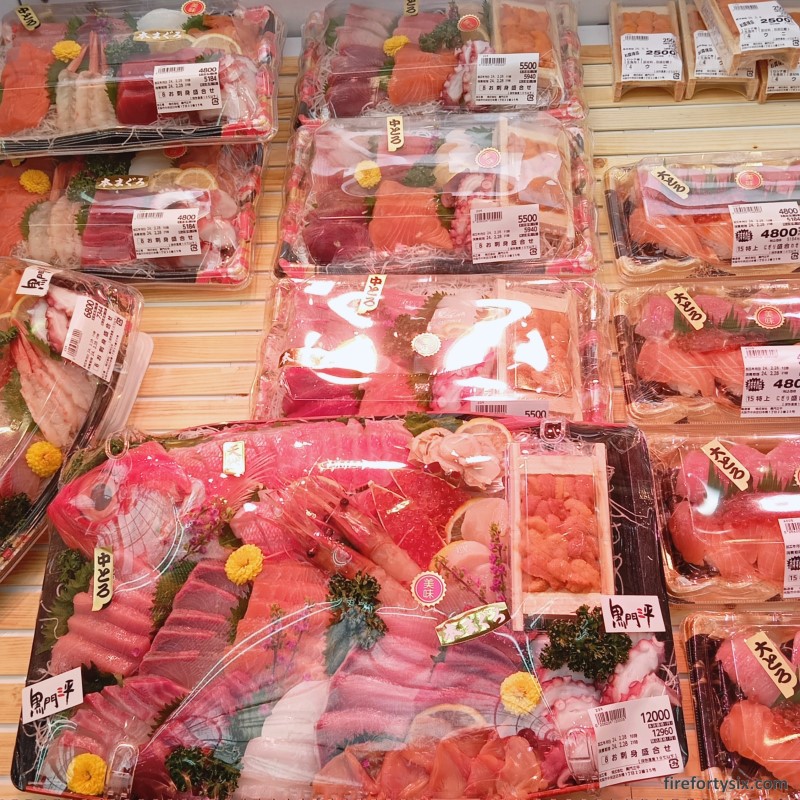
Despite all the temptation, we managed to successfully resist.
That is, until I walked past a chiller sitting outside a supamaketto, stacked with tray after tray after tray of hotaru ika.
When I leaned over to check out the prices, I had to do a double take. Each tray of more than two dozen tiny firefly squid was selling for only ¥378!
Back home in Singapore, if you could even find it on a restaurant’s menu, they would probably charge that amount just for one piece.

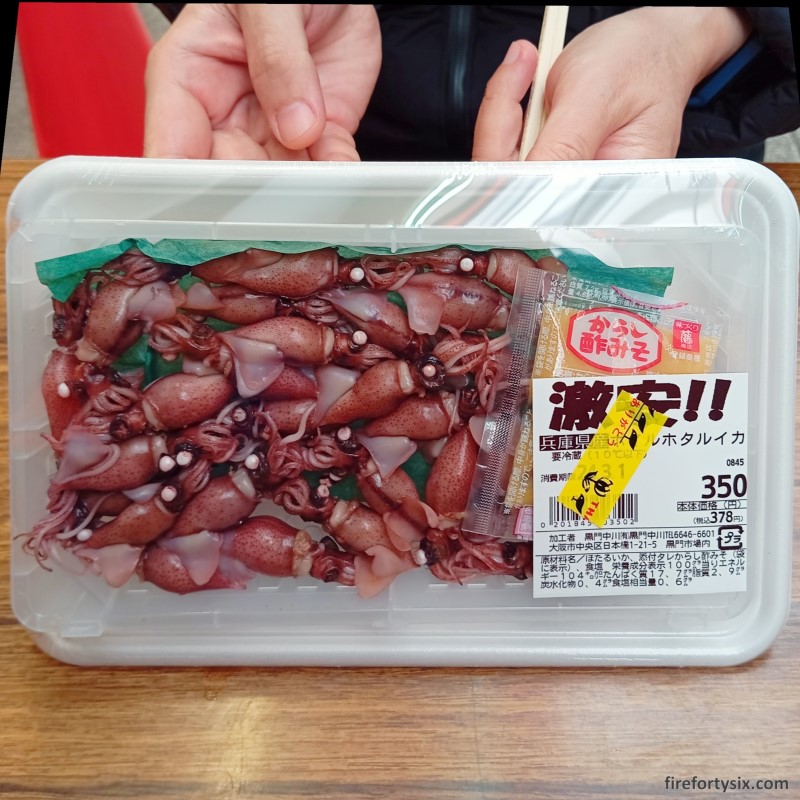
Even better, each tray came pre-packed with just the right amount of sumiso, or vinegared miso, the ideal condiment for hotaru ika.
Without any hesitation, I picked up a tray, queued up at the cashier’s and paid up. All the while feeling grateful that they were still in season.
After being unwrapped, they were gone in 60 seconds. Every little piece setting off a sweet and briny explosion in my mouth, perfectly enhanced by the citrusy, almost honey like sumiso.
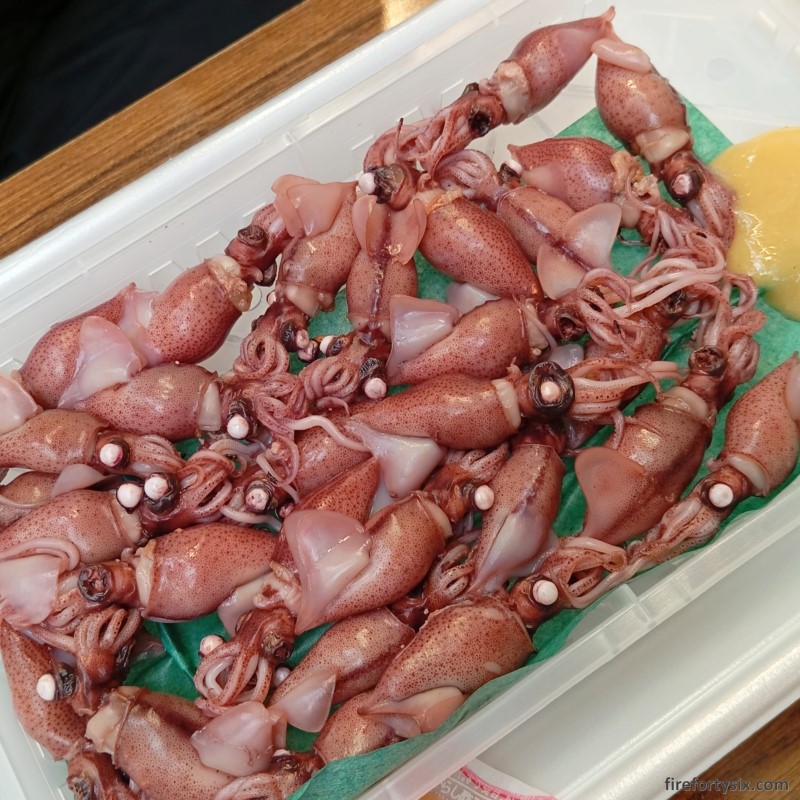

The supamaketto was just next door to a stall selling fat and juicy hotate fresh out of a wooden steamer. Of course we had to get one, and it came drizzled with a sweet teriyaki sauce.
Freshly-made tamago dashimaki was also sold at the same store, which we tried to order, but they were all sold out. So we had to make do with just the scallops.

We could have kept going and continued foraging at Kuromon, but I was still recovering from my sukiyaki overdose the night before.
There was also a heavy meal at a salaryman izakaya in Dotonbori later that same day, so we ended our exploration at the market.
I know that Kuromon has gotten a bad rap in recent times, and has been labelled as an over-priced tourist trap.
But if you steer clear of the expensive seafood, there are still many value-for-money gems to be found in the kitchen of Osaka.
